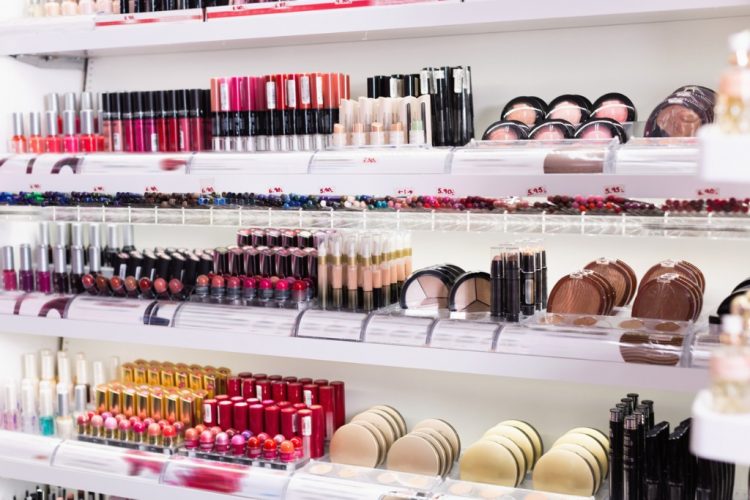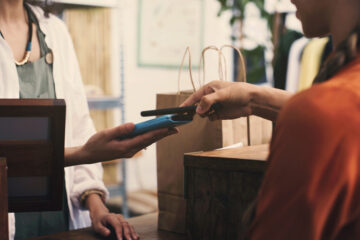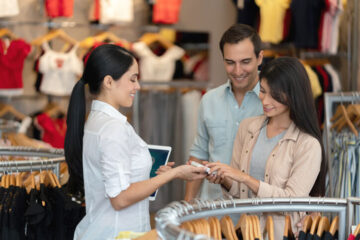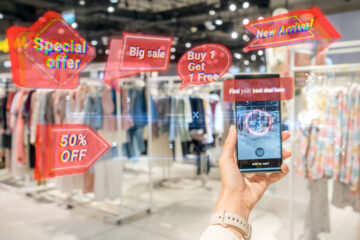Opening the Door to a New Customer Experience in Fashion and Beauty Retail

As retail stores re-open, the need to reassure customers and ensure strict cleanliness and social distancing has driven retailers to rethink the in-store experience, particularly for high-touch categories like fashion and beauty.
Boosting omnichannel capabilities helps them serve shoppers who are still wary about spending a lot of time in stores, but they are also experimenting with new protocols and technologies in the store to make the shopping experience more low touch, but still personal.
Fashion retailers have adopted new protocols to ensure fitting rooms are disinfected after each client and any clothing tried on but not purchased is separated, cleaned with a steamer, and quarantined for 24 hours. Shoe stores will be required to provide single-use socks for customers to try on each pair of shoes.
Beauty retailers have also made significant changes to work around the restrictions. The use of makeup testers and make-overs have typically served as the primary ways for beauty counters and stores to engage with customers, but now they must find alternative ways to sell.
One option for beauty counters is to use single-use wands to help customers sample shades while perfume counters now only allow the store assistant to spritz from the bottle. Sephora encourages store assistants to help customers use the company’s virtual augmented reality tools for selecting products in the store.
Other beauty brands are tapping into one-on-one virtual consultations, while Kiehl’s can rely on its famously detailed customer profiles to sell refills and products aimed at customer skin type and beauty routines.
The new retail reality will undoubtedly accelerate the need to integrate digital technologies into the traditional shopping journey. With the new distancing requirements, customers are more likely to use apps such as augmented reality, virtual queuing, store visits by appointment, and virtual personal shopping and one-on-one live chats.
Customers may visit stores less frequently, but when they do, it will be with greater purpose and intent to spend. In fact, French retailer Galeries Lafayette has reported that while store traffic is lower, those who come into the store are spending more.
Retailers can further support these new buying behaviors by creating a contactless in-store experience and support omnichannel capabilities like self-checkout, BOPIS and curbside pickup.
Learn more about how the Openbravo Commerce Hub can help retailers develop your omnichannel capabilities and deliver a better customer experience across channels. Download the brochure here.



